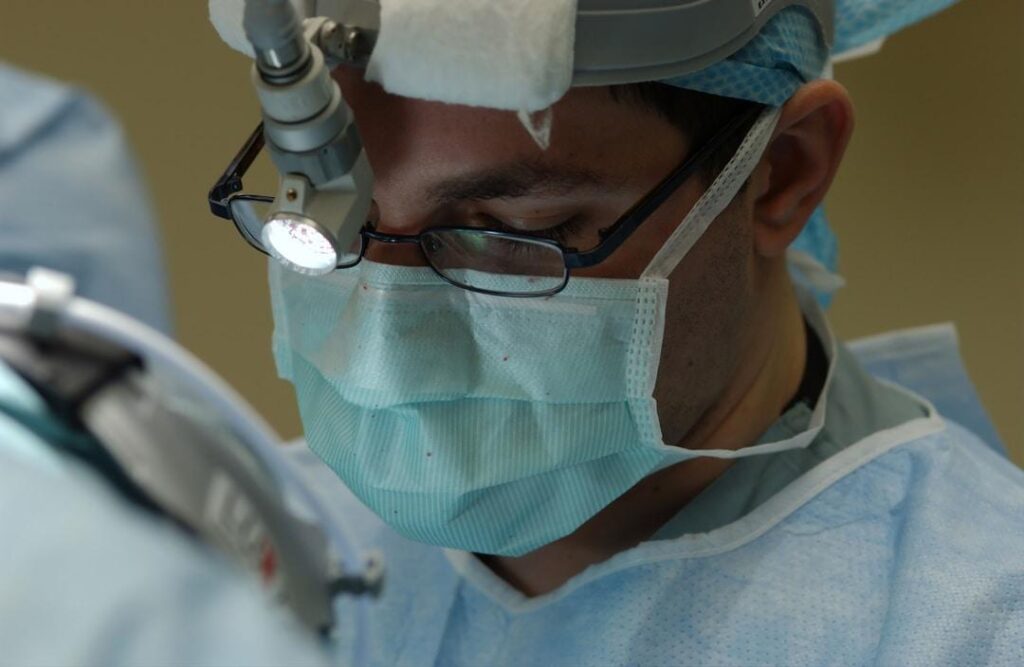You’ve probably heard about the cloud by now, and you probably associate it with all of the photos in your smartphone and the access to them at any time with immediacy. However, there’s more to cloud technology than just what’s on your phone or tablet. In fact, it is a driving factor in biomedical research, which is at the heart of bringing greater benefit and more hope for curing ailments across the United States and providing a brighter tomorrow.
Quicker Access to Data
With information accessible in the cloud within moments, this service allows data to be at your fingertips quicker than ever thanks to cloud migration. The cloud migration definition surrounds a process of moving on-premises applications and data into a virtually accessible digital environment. This makes computing resources available on-demand without requiring active management of these connections. In this context, the cloud environment could mean multiple availability models involving private, public, or hybrid models for easy access and intervention.
By increasing accessibility and shifting computing costs, research reports are accessible within a hospital system or through clinical researchers faster than ever. For example, health statistics regarding Alzheimers patients are made available between scientists to uncover the root causes of this degenerative brain disease. Uncovering hidden insights from family history to the first symptoms of Alzheimer’s disease is easier than ever with access points to the clinical criteria and the ability to explore the clinical benefit of a certain therapy or medication after diagnosis.
Developments in Treatment

Biomedical research is at the heart of intervention in improving the quality of life for patients, spotting symptoms earlier, and treating them more efficiently. It’s through research efforts that scientists have uncovered behavioral symptoms in the progression of Alzheimer’s disease and have spotted the help of medication to slow down the aggression of this disease. Cloud technology is providing researchers with the ability to find links more quickly to avoid greater risk. This same technology is afforded to healthcare professionals to allow them to delve into the research themselves and learn about these pharmaceutical options.
A healthcare provider is able to uncover what these treatments can do for their patients over the course of the disease, ranging from neurological diseases and beyond. With proven statistics across a number of people that medication or therapy is doing something to benefit long-term care, doctors can address the symptoms of the disease with greater confidence. The development of cloud technology is now carrying over past data, looking at how it syncs up against new developments to help medical professionals in the diagnosis and treatment of disease, uncovering new drug therapies and, for some patients, expediting the recovery process.
Clear-Cut Evidence
With a private cloud or hybrid model, public researchers can work with higher bodies to confirm evidence of success with available treatments or learn beyond the risk factors previously associated with the diagnosis. The U.S. Department of Health & Human Services, the Food and Drug Administration, and the Centers for Disease Control all rely on these data centers and cloud services to keep themselves aware of developments from the approval of the drug that could be a game-changer for Alzheimer’s patients or people battling Parkinson’s disease.
This cloud technology also helps developers in biomedical research to get a faster assessment of the stage of research, not inhibiting workload by having to constantly manually input data. Easier cloud computing allows for scalability to gain easier access to relevant evidence to treat or diagnose an ailment. The migration process in the past has been a pain, especially with trying to make sensitive data accessible with ease. Thanks to a new cloud migration strategy, healthcare providers and researchers alike are rising to the challenge of curing society’s ills.
